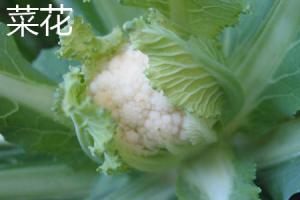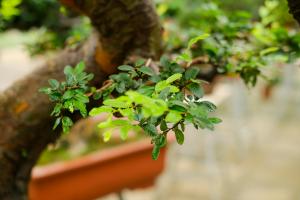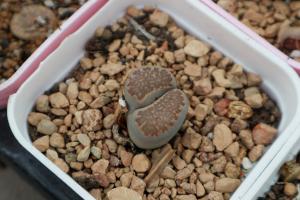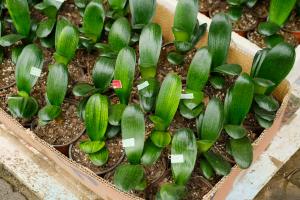How to Control the Invasive Chameleon Plant
The chameleon plant, also known as the Houttuynia cordata, is a highly invasive species that can quickly take over your garden or outdoor space. With its strong root system and ability to spread rapidly, it poses a threat to other plants and can be quite difficult to control. However, with some careful observation and a few effective strategies, you can eliminate the chameleon plant and keep it from coming back.
Observation is Key
Before you begin any efforts to control the chameleon plant, it's important to take a close look at its growth patterns and the environment in which it thrives. This information can help you understand how the plant spreads and what methods will be most effective in controlling it.
Identify the Problem Areas
Chameleon plant thrives in damp, shady areas with plenty of moisture. As such, it's important to identify any areas of your garden or outdoor space that might provide favorable conditions for the plant to grow. These areas could include shaded corners of your yard, near water features or ponds, or even damp patches of soil.
Remove the Plant by Hand
If you notice chameleon plants growing in your garden or yard, the first step is to remove them by hand. This means digging up the entire root system and disposing of it properly. Make sure to wear gloves when handling the plant, as it can cause skin irritation.
Plant Barrier Species
Another effective way to control the chameleon plant is to plant barrier species. These are plants that are known to be resistant to the invasive nature of the chameleon plant and will help prevent it from spreading. Good barrier species include ornamental grasses, sedges, and ferns.
Use Herbicides
If you're dealing with a particularly stubborn chameleon plant infestation, you may need to turn to herbicides. Chemicals like glyphosate and triclopyr are effective at killing the plant, but should be used with caution. Make sure to read and follow all instructions on the herbicide carefully and avoid spraying on windy days or near other plants.
Prevention is Key
To help prevent the chameleon plant from taking over your garden or outdoor space in the future, it's important to take some preventive measures. This could include regular maintenance, such as mowing and weeding, or installing a proper drainage system to prevent damp areas from developing.
In conclusion, the chameleon plant is a highly invasive species that can quickly take over your garden or outdoor space if left unchecked. By carefully observing its growth patterns, removing it by hand, planting barrier species, using herbicides, and taking preventive measures, you can effectively control the chameleon plant and keep it from returning. With some diligence and patience, you can restore balance to your outdoor space and create a healthy, thriving environment for all of your plants.

 how many times do yo...
how many times do yo... how many planted tre...
how many planted tre... how many pine trees ...
how many pine trees ... how many pecan trees...
how many pecan trees... how many plants comp...
how many plants comp... how many plants can ...
how many plants can ... how many plants and ...
how many plants and ... how many pepper plan...
how many pepper plan...

































